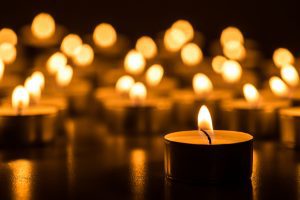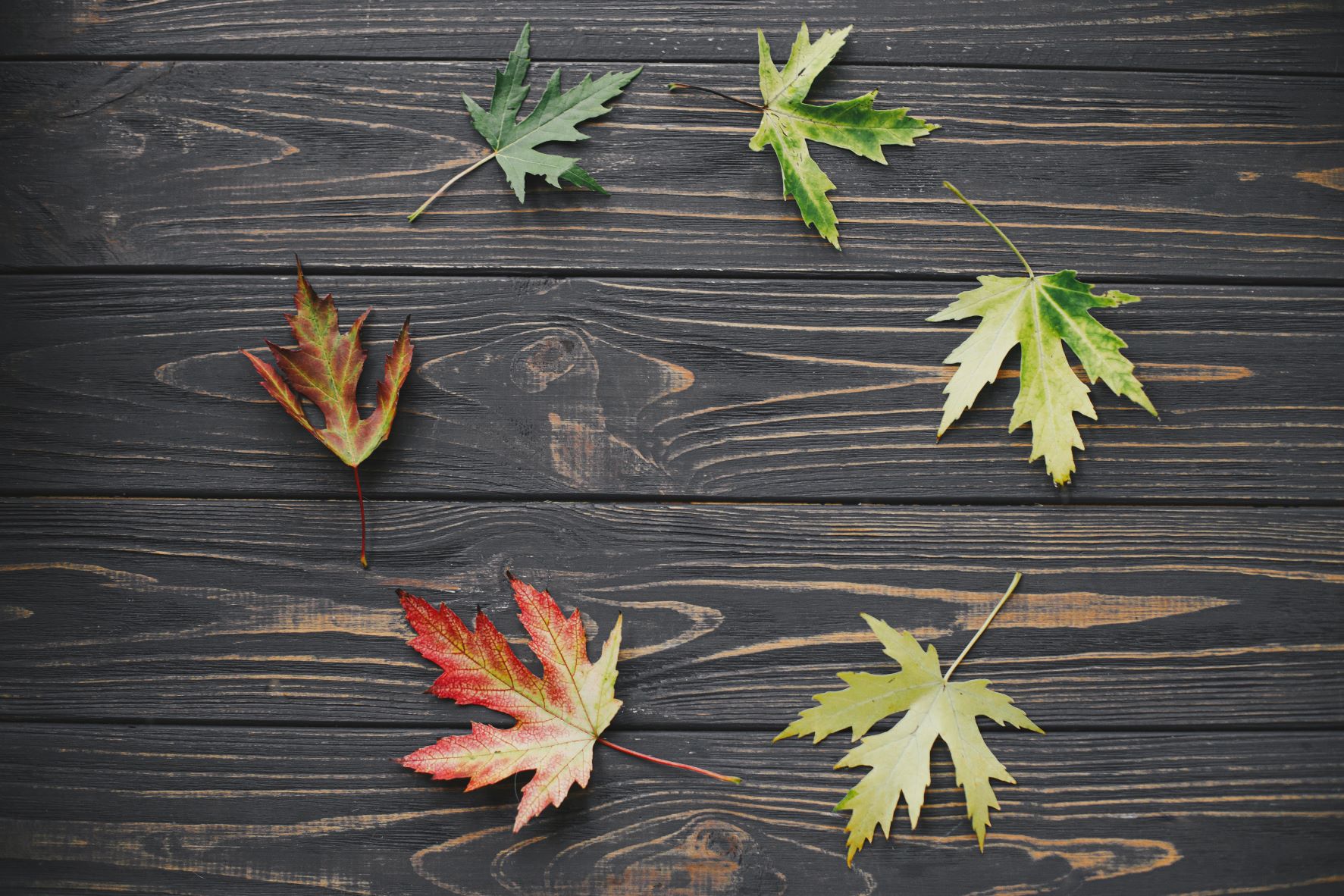Losing a loved one can be an overwhelming and life-changing experience. It is a difficult journey that is often filled with intense emotions, such as sadness, anger, and confusion. Grief can take a toll on both our physical and mental health, and can sometimes feel like an impossible burden to carry. However, finding ways to cope with grief is essential in order to heal and move forward.
The Emotional and Therapeutic Benefits of Creating A Grief Ritual
Creating a grief ritual can be an incredibly soulful and meaningful experience for those who are grieving. By intentionally setting aside time to honour our loved one’s memory and process our emotions, we are giving ourselves permission to truly feel our grief and to connect with the profound sense of loss that we may be experiencing. This can be an emotional and sometimes challenging process, but it can also be deeply therapeutic and healing.
Through a grief ritual, we have the opportunity to express our emotions in a safe and supportive environment. This can help us release pent-up emotions, reduce stress and anxiety, and gain a sense of clarity and understanding about our feelings. Additionally, by creating a ritual that feels authentic and meaningful to us, we are able to connect with our loved one’s memory in a way that feels personal and special.
Grief rituals have been used in different cultures throughout history as a way of expressing mourning and finding comfort. While there is no right or wrong way to create a grief ritual, there are some steps that can guide us through the process.
- Choose A Location
The first step in creating a personal grief ritual is to choose a location. This location should be a place where you feel comfortable and safe expressing your emotions. It could be a park, a beach, a special room in your home, or any other place that holds significance for you and your loved one. When choosing a location, think about what your loved one would have liked, and what feels meaningful and authentic to you.
- Decide On A Time And Frequency
Once you have chosen a location, the next step is to decide on a regular time and frequency for your grief ritual. This could be once a week, once a month, or whenever you feel the need to connect with your loved one. Choose a time when you can be alone and undisturbed, and when you have enough time to fully engage in the ritual. Having a regular time and frequency for your grief ritual can help you make it a habit, and ensure that you prioritise your healing.
- Choose A Focus
The third step in creating a personal grief ritual is to choose a focus. This could be a specific memory, a particular aspect of your loved one’s personality, or a shared interest or hobby. Choose something that feels meaningful to you and that helps you feel connected to your loved one. For example, if your loved one was a musician, you might choose to focus on their favourite song, or if they loved to cook, you might choose to make their favourite recipe.
- Choose An Activity
The fourth step in creating a personal grief ritual is to choose an activity. This could be something simple, like lighting a candle or playing a favourite song, or something more involved, like writing a letter to your loved one or creating a piece of art in their memory. The activity should be something that helps you connect with your emotions and feel connected to your loved one. It could also be something that helps you express your feelings in a tangible way.
- Set Intentions
The fifth step in creating a personal grief ritual is to set intentions. This could be a specific intention, such as finding peace or acceptance, or a more general intention, such as honouring your loved one’s memory. Setting an intention can help you focus your energy and give your grief ritual a sense of purpose. It can also help you stay present and mindful during the ritual.
- Engage In The ritual
The final step in creating a personal grief ritual is to engage in the ritual itself. Allow yourself to fully experience your emotions and connect with your loved one’s memory. If you find that the activity or focus of your ritual isn’t working for you, don’t be afraid to adjust it until it feels right. The most important thing is that the ritual feels authentic and meaningful to you.
Creating a personal grief ritual can be a powerful way to honour your loved one’s memory and process your emotions. It can also help you find a sense of peace during a difficult time. However, it’s important to remember that creating a grief ritual is a personal process, and there is no right or wrong way to do it. What’s most important is that the ritual feels authentic and meaningful to you.
Here are some examples of personal grief rituals:
- Lighting a candle every evening and spending a few minutes in quiet reflection.
- Taking a walk in nature and reflecting on your loved one’s memory.
- Creating a memory box or collage with photos and mementoes of your loved one.
- Writing in a journal about your feelings and memories.
- Planting a tree or garden in honour of your loved one.
- Creating a special playlist of songs that remind you of your loved one.
- Participating in a charity walk or event in memory of your loved one.

How Therapy Can Help With Healing And Creating A Grief Ritual
While creating a grief ritual can be a powerful way to honour a loved one’s memory and process emotions, it’s important to recognise that grief is a complex and individual experience. For some people, the process of grieving may be overwhelming, confusing, or even debilitating. That’s why seeking support from a therapist or counsellor can be an important step in the healing process.
A trained therapist can provide a safe and supportive space for individuals to explore their emotions, understand the unique challenges they are facing, and develop adaptive methods for dealing with grief. Additionally, therapy can help individuals identify and work through any underlying emotional or psychological issues that may be exacerbating their grief.
In therapy, individuals may also be guided through the process of creating a grief ritual that is tailored to their unique needs and preferences. A therapist can help individuals identify the specific elements that are most important to them, such as location, activity, and intention. They may also provide guidance on how to navigate any difficult emotions that may arise during the ritual.
Moreover, a therapist can support individuals as they navigate the ongoing process of grief. They can help individuals identify triggers that may exacerbate their grief, develop healthy adaptive methods for dealing with difficult emotions, and provide ongoing support and guidance as individuals navigate the complex terrain of grief.
Overall, therapy can be an invaluable resource for individuals who are grieving. Whether it’s through the creation of a grief ritual or other therapeutic interventions, therapy can provide the tools, support, and guidance necessary to navigate the often-challenging journey of grief and move towards a place of healing and acceptance.
Creating a personal grief ritual can be a valuable and healing experience for those who are grieving. It allows us to honour our loved one’s memory and process our emotions in a meaningful way. Remember to choose a location that feels safe and comfortable, decide on a regular time and frequency, choose a focus and activity that feel authentic, set intentions, and engage in the ritual with an open heart and mind. Through this process, we can find peace and acceptance as we continue to navigate the difficult journey of grief.

